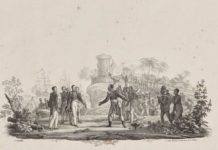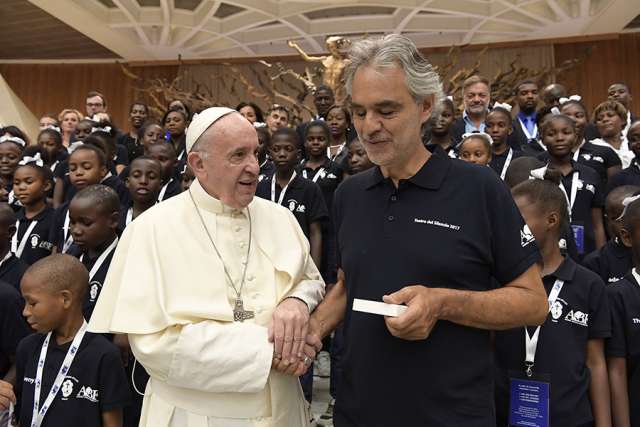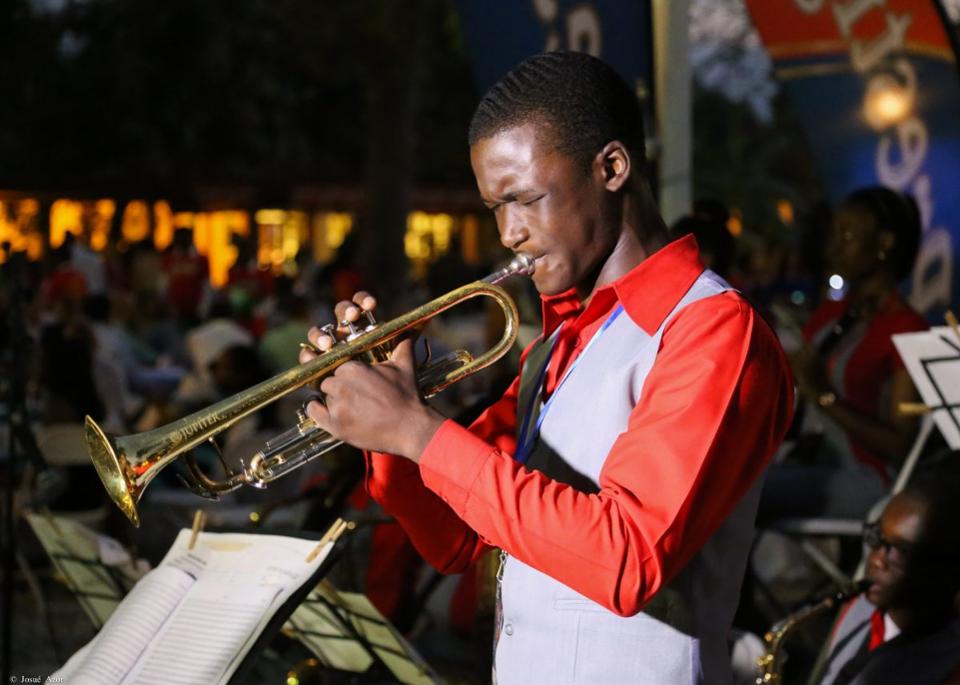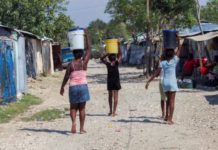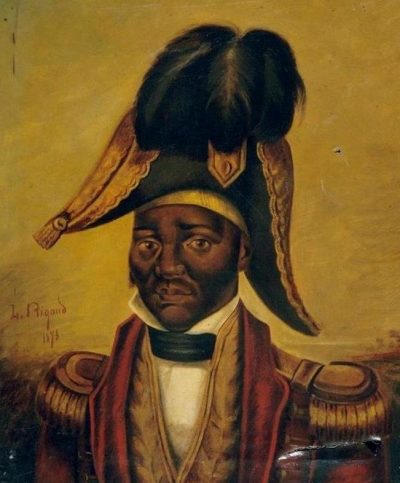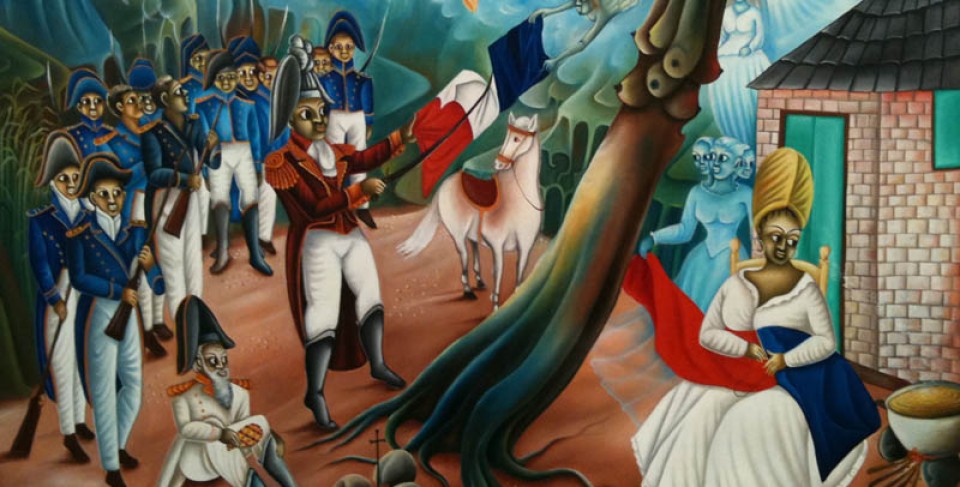Love, art and respect are the three words that Cynthia Carrion, 36, believes encompass the goal of the collective Border of Lights, a group that is looking reconcile relationships at the fraught border of the Dominican Republic and Haiti.
Earlier this month, Carrion boarded a plane to join dozens of organizers, educators, artists and locals on the northern side of the Haiti-Dominican Republic border to commemorate the 80th Anniversary of the 1937 massacre that targeted Haitians on the border of the Dominican Republic and Haiti. The acts were carried out under the orders of Dominican dictator Rafael L. Trujillo.
The number of victims as a result of “Masacre de Perejil,” is still unknown. Edward Paulino, a professor of global history at John Jay College in New York City and author of “Dividing Hispaniola: The Dominican Republic’s Border Campaign Against Haiti” estimates approximately 15,000 lives were lost.
And the effects went beyond the loss of life. It sought to end a culture of collaboration. The porousness among the border communities didn’t fit Trujillo’s ultranationalist views for the Dominican Republic.
“Since [the massacre] you had this stark difference of what side you were on and what that meant,” says Carrion.
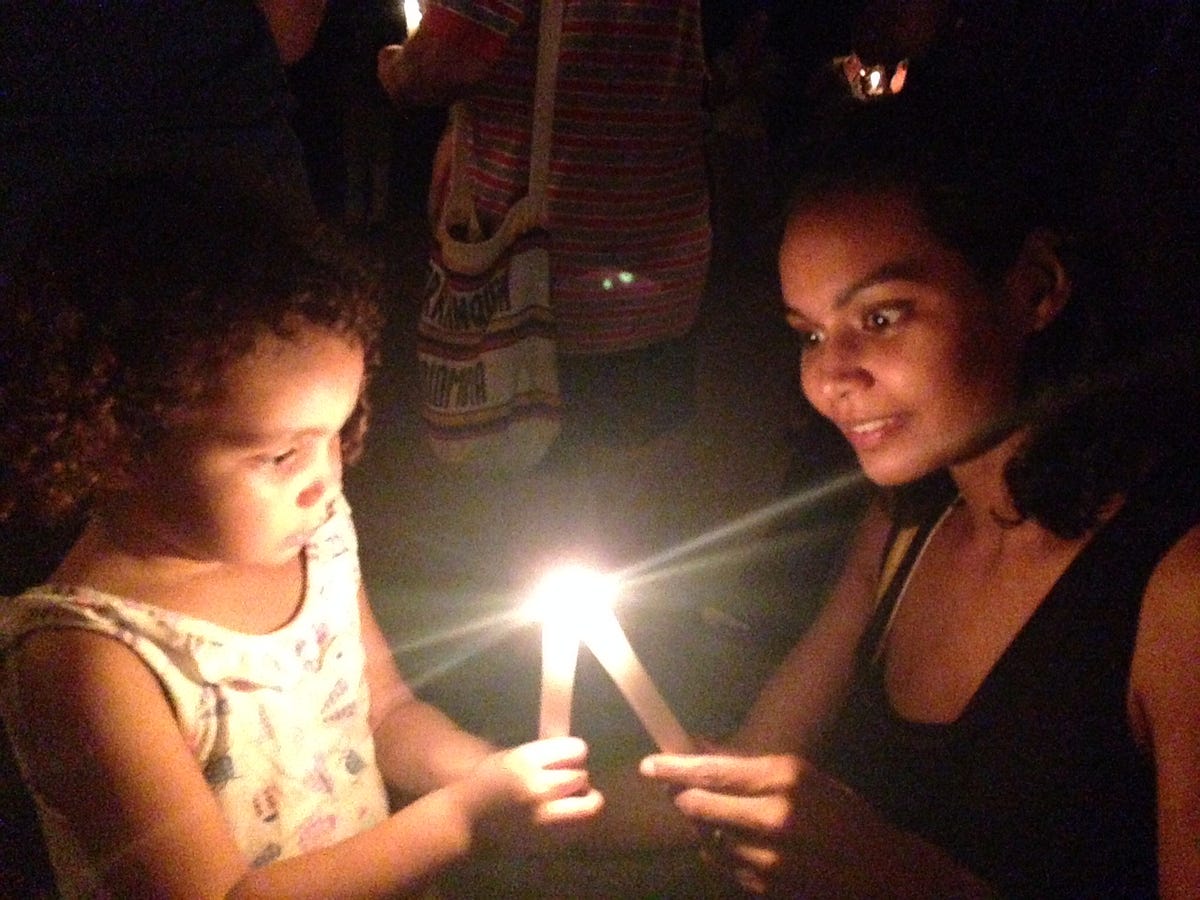
“What Border of Lights means to me now is this community of amazing and courageous people, both in the [Dominican Republic] and in Haiti, and around the world, but especially in the diaspora, who against all odds are still holding a light to this tragedy and this truth, which isn’t that easy,” she says.
The project started from a vision that renowned author Julia Alvarez shared at an event five years ago in New York City. Carrion approached Alvarez to get involved.
Every night for the next few months, organizers gathered by Carrion and Paulino would have conference calls to help plan an event surrounding the 75th anniversary.
At first, action around recognizing the anniversary was marked with skepticism.
“People would come up to us and say some of them would say ‘Why are you trying to unify the island?’ or this ultra-nationalistic kind of fear of what that meant, to be able to talk out loud, or to say that this occurred,” says Carrion.
As a mother of two and a proud Dominicana, it was important to Carrion to continue this work. “I want for [my daughters] to understand that they’re part of the shared struggle and shared beauty,”
Border of Lights kicks off every year with two masses followed by two processions and candle lightings happening in two places at the same time: one in the Dominican town of Dajabon, the other in the Haitian town of Ouanaminthe.
During the vigils, participants stand across from another, divided by the river that is between the two countries. and view each other from the distance.
Carrion has been present during four of the past five years (the exception was when she gave birth to her youngest daughter, Maya Soleil, on the evening of the procession two years ago).
For the 80th Anniversary, the mission is expanding. The group is building a curriculum to be tested out in 10 schools and pushing for the date to be recognized on both the calendar of the Dominican Republic and Haiti as a Day of Remembrance. In Dajabon, there is a mural to commemorate the massacre.
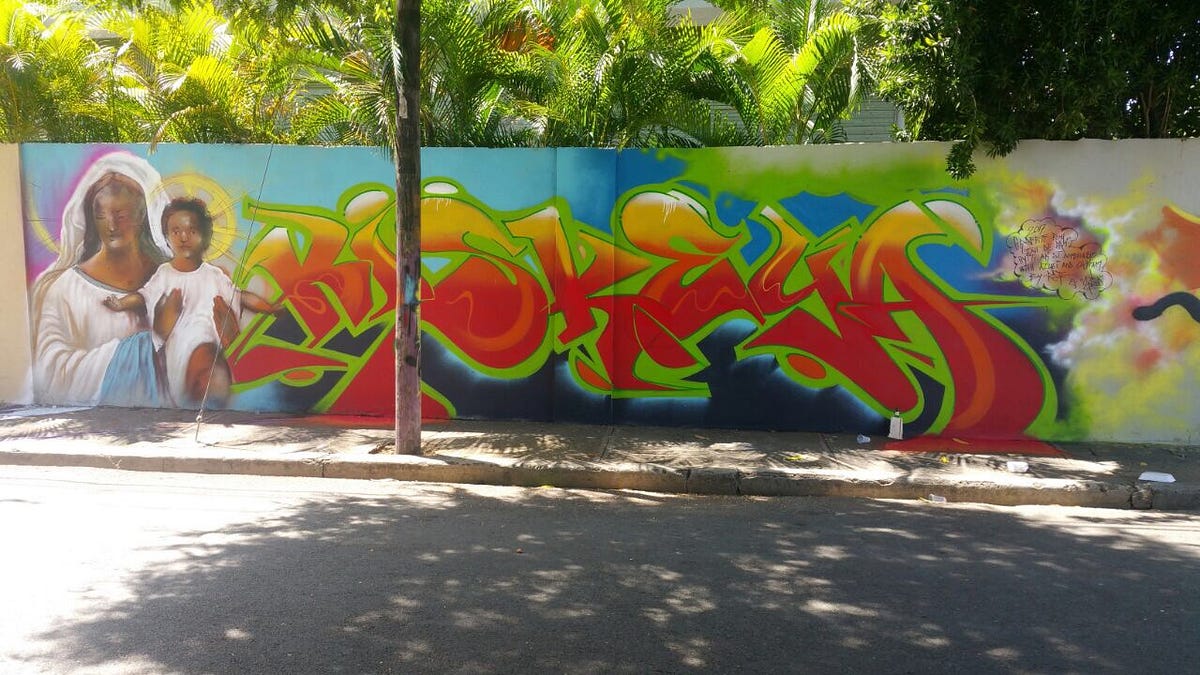
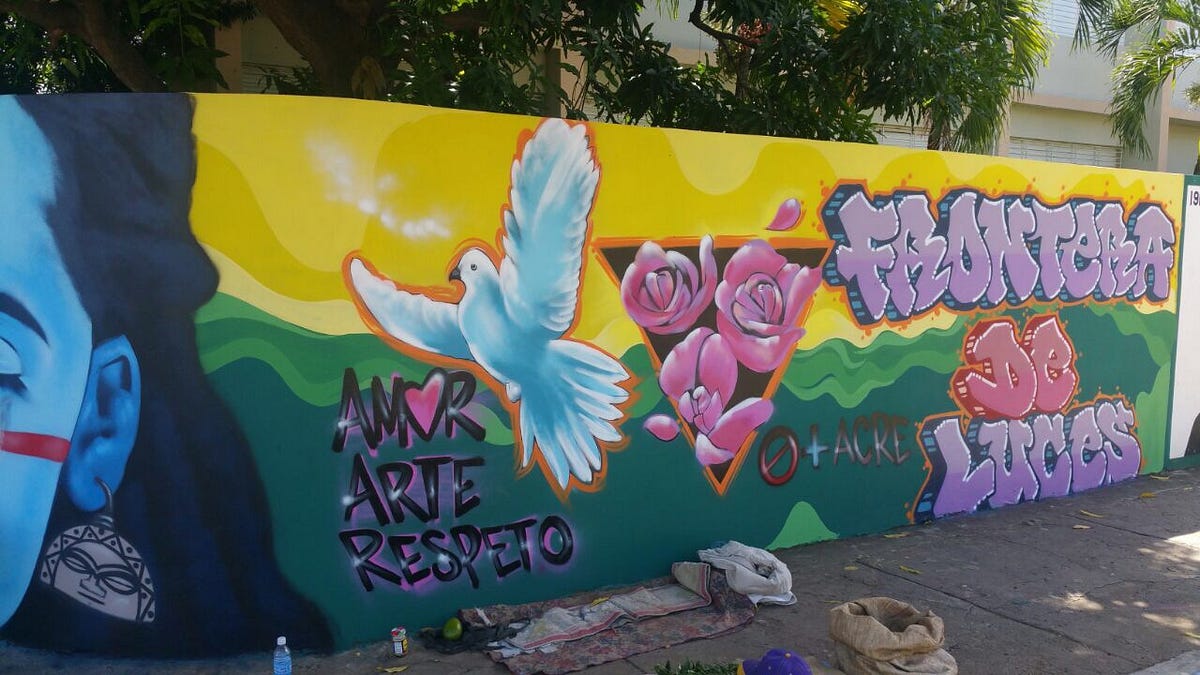
Organizing is made more difficult by strict border laws. This is in part due to sentences passed in 2015, one that stripped Dominicans of Haitian descent of their citizenship, followed by another sentence that sought to regulate immigration.
Carrion says she can’t help but find parallels between the struggle at the Haiti-Dominican Republic border and the politicization of the United States-Mexico border.
Borders have been regarded as a place for violence internationally, says Carrion, but she believes that can change.
We want “not just pay respect to [the massacre] but to also highlight collaboration among the [countries], you see it among the younger generation, people want to have stronger relationships with each other.”


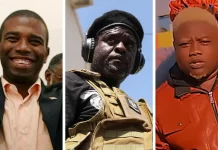


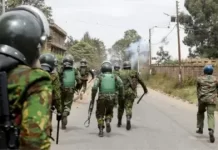

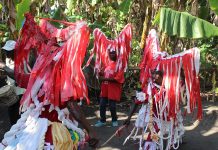
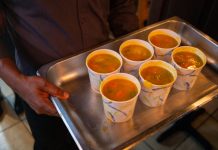




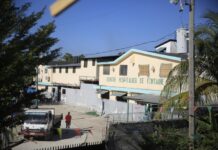











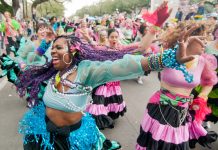



![Phyllisia Ross – KONSA [Official Music Video]](https://haitiville.com/wp-content/uploads/2014/08/phyliisia.jpg)

